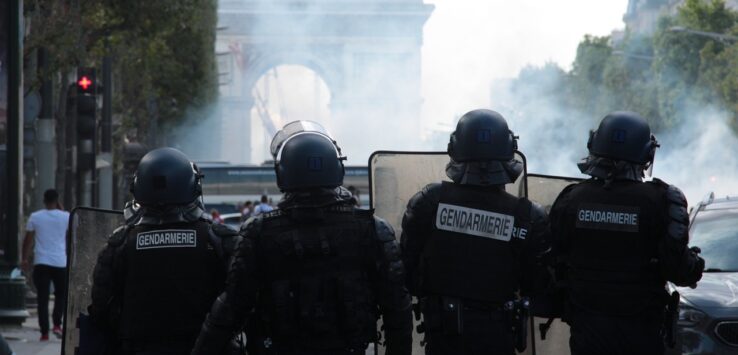What Is Going On
On 18 September 2025, France saw widespread strikes and demonstrations as trade unions, workers, public service employees, teachers, hospital staff, pharmacists and transport workers rallied against planned government budget cuts. The action was sparked by a controversial €44 billion austerity plan proposed for 2026, aiming to reduce spending, overhaul unemployment benefits, and freeze welfare increases. Prime Minister Sébastien Lecornu, newly appointed, faces one of his first major crises in office.
Key Drivers of the Unrest
- Austerity Measures: The government’s budget plan includes slashing spending on public services, delinking certain welfare payments from inflation, raising medical costs, and other reforms perceived to burden low- and middle-income households.
- Pension Reform Backlash: A change that increases the retirement age is among the most unpopular elements, following a history of pension reforms that have already sparked strong outrage.
- Public Services & Inequality: Many protesters say that cuts to schools, health services, public transport and other essential sectors erode the quality of life, especially as cost of living pressures mount. There’s also strong sentiment that the wealthy are not being asked to contribute enough.
What Happened During the Day of Action
- Schools, especially primary and secondary schools, saw strong teacher participation in walkouts. In some areas up to half of high school staff were absent.
- Transport was heavily disrupted: regional trains, suburban services, and metro lines in Paris ran at reduced capacity, while local lines experienced severe delays.
- Public utilities were affected: notably, one nuclear plant (Flamanville 1) reduced output by about 1.1 gigawatts as staff joined the strike.
- Large demonstrations were held across major cities including Paris, Lyon, Nantes, Marseille. In Paris, protests included blockades of bus depots and schools. There were some clashes with police, tear gas used in places, and dozens of arrests. Many protestors rallied under the slogan of a socially fair budget.
Government, Unions & Political Fallout
- Prime Minister Sébastien Lecornu is in a tight spot. He inherited the austerity plan when replacing François Bayrou, who faced strong backlash over his proposals. Lecornu lacks a reliable parliamentary majority and must balance budget discipline with growing public outrage.
- Unions have pledged to keep up the pressure until the austerity measures are scaled back or withdrawn. Leaders say the anger is intense, and that many workers feel the plan unfairly burdens those who are already struggling.
- Opposition parties both on the left and right are capitalizing on the unrest, criticizing the government’s approach. Some argue for greater taxes on the wealthy instead of cuts that hit public services and workers hardest.
Stakes & What Comes Next
- Budget passage risk: With the government trying to pass the 2026 budget, these strikes represent a major test. Weak political backing could force amendments or even derail parts of the plan.
- Public mood: Polls and demonstrations suggest growing discontent with President Macron’s government, especially among younger people, public sector workers, and those with cost-of-living pressures. If these policies go ahead without compromise, they could deepen political instability.
- Service disruptions and real-world impact: The strikes are already causing disruptions in daily life—schools, transport, energy, and public services. Continued action could deepen those impacts, possibly affecting economic growth, tourism, and public trust.











